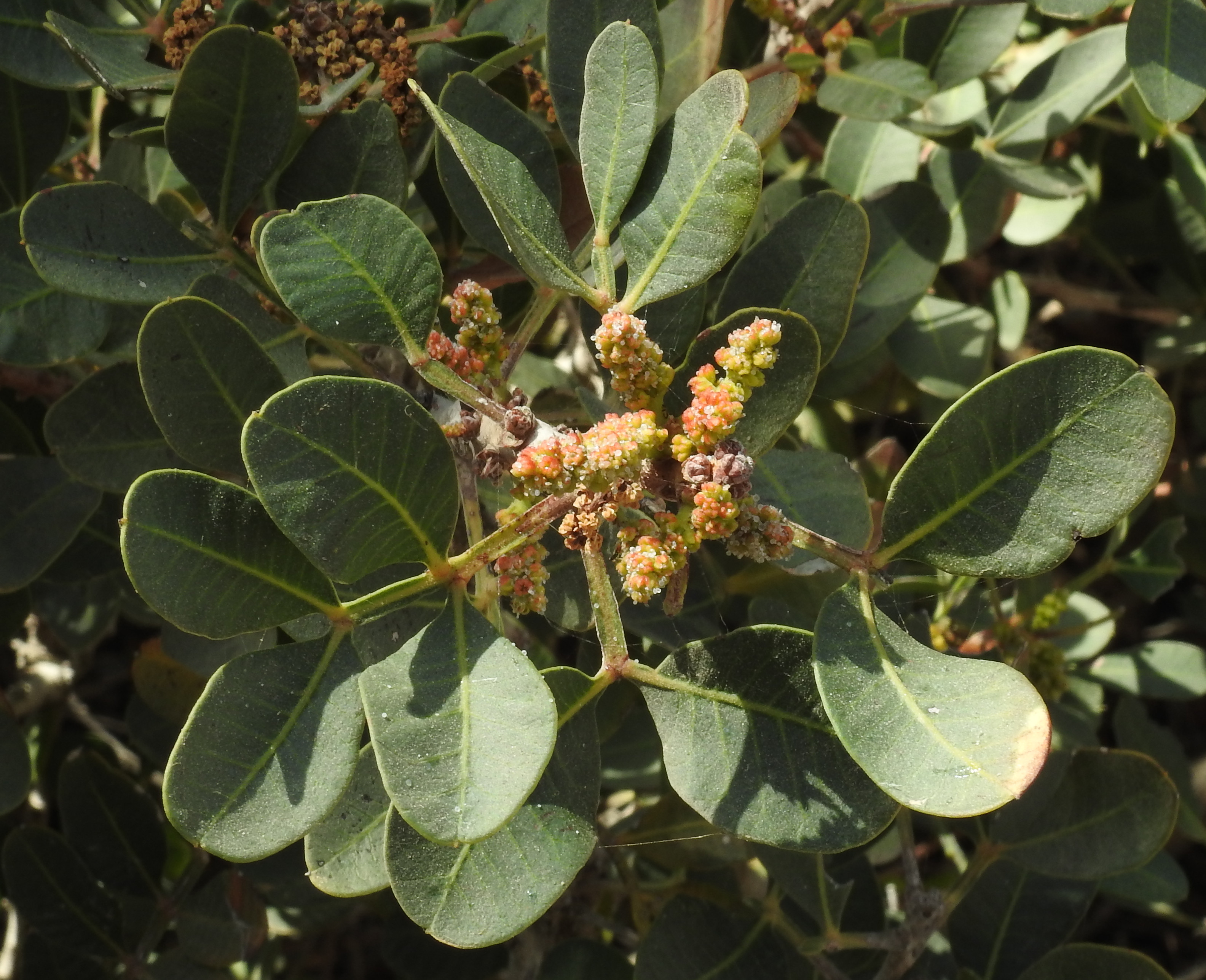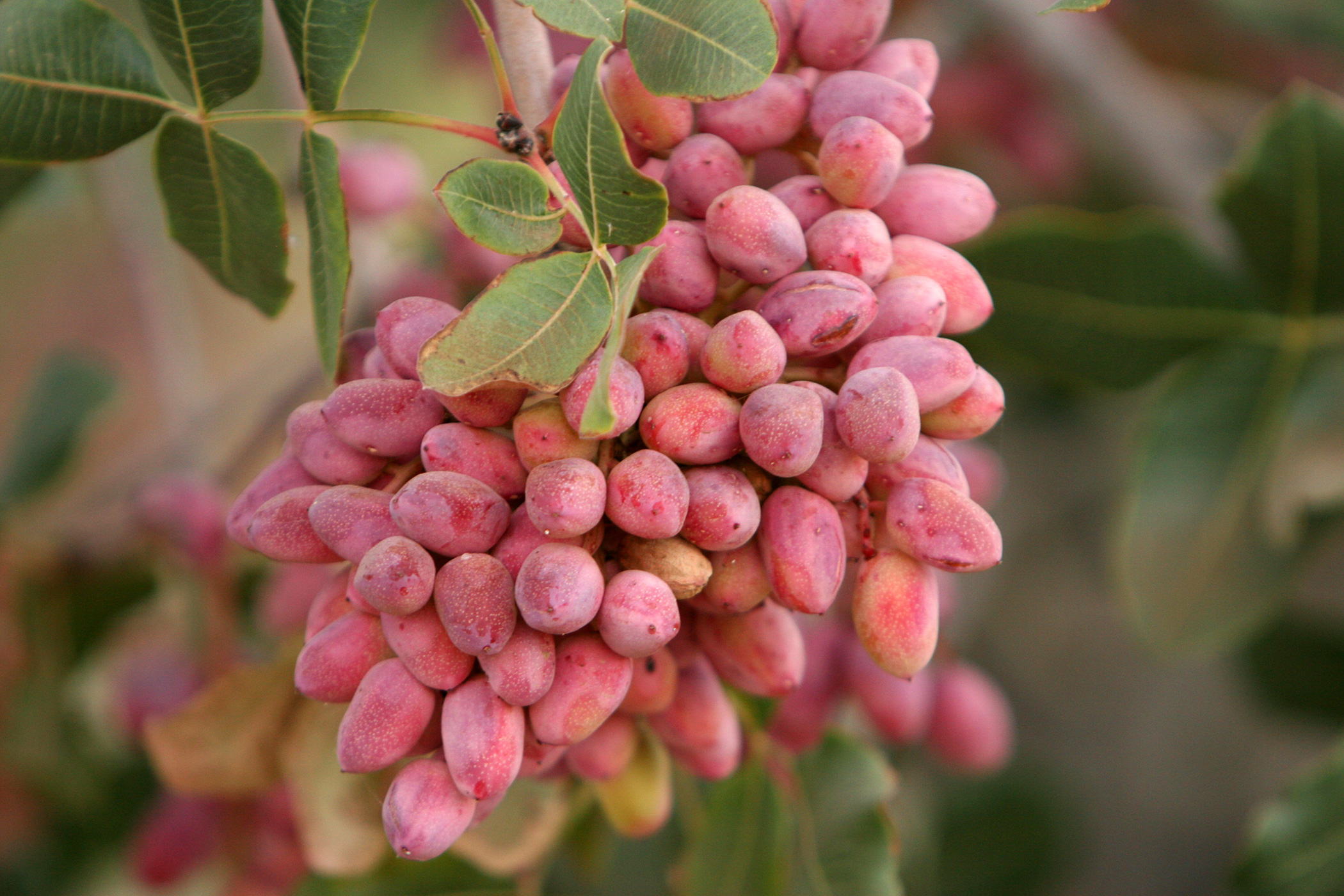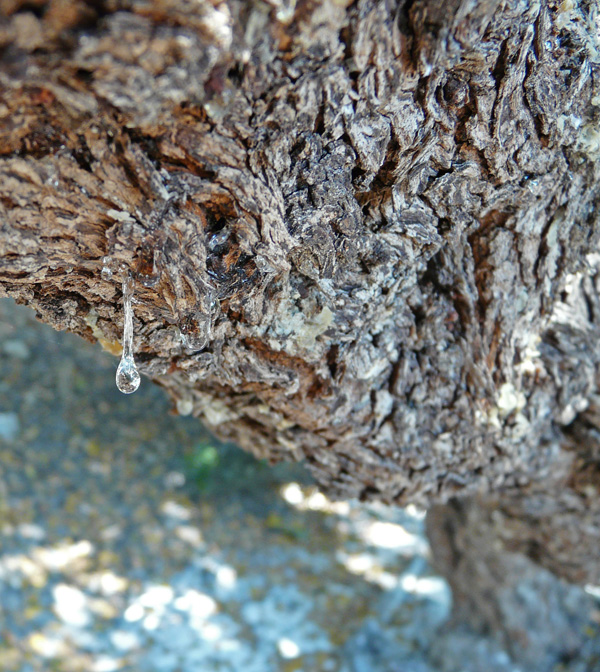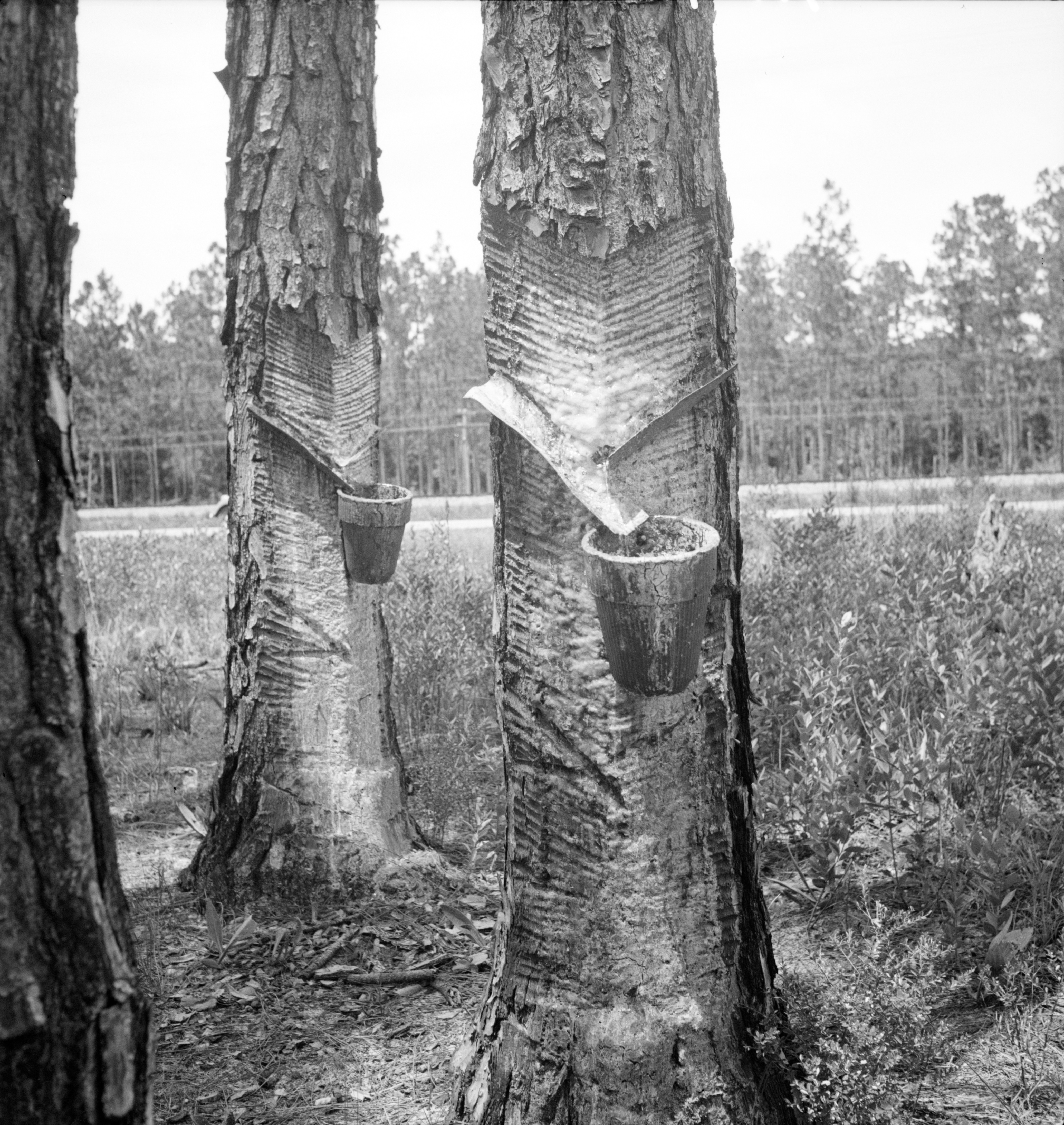|
Pistacia
''Pistacia'' is a genus of flowering plants in the cashew family, Anacardiaceae. It contains 10 to 20 species that are native to Africa and Eurasia from the Canary Islands, all of Africa, and southern Europe, warm and semidesert areas across Asia, and North America from Guatemala to Mexico, as well as southern Texas. Description ''Pistacia'' plants are shrubs and small trees growing to tall. The leaves are alternate, pinnately compound, and can be either evergreen or deciduous depending on species. All species are dioecious, but monoecious individuals of ''Pistacia atlantica'' have been noted. The genus is estimated to be about 80 million years old. It is a genus of flowering plants belonging to the family Anacardiaceae. The plants are dioecious, and have male and female trees independently; a viable population should have both sexes. Well-known species in the genus ''Pistacia'' include ''P. vera'', the pistachio, grown for its edible seeds; '' P. terebinthus'', from whic ... [...More Info...] [...Related Items...] OR: [Wikipedia] [Google] [Baidu] |
Pistacia Terebinthus
''Pistacia terebinthus'' also called the terebinth and the turpentine tree, is a deciduous shrub species of the genus ''Pistacia'', native to the Mediterranean region from the western regions of Morocco and Portugal to Greece and western and southeastern Turkey. At one time terebinths growing on the eastern shores of the Mediterranean Sea (in Syria, Lebanon and Israel) were regarded as a separate species, ''Pistacia palaestina'', but these are now considered to be a synonym (taxonomy), synonym of ''P. terebinthus''. Description The terebinth is a deciduous flowering plant belonging to the cashew family, Anacardiaceae; a small tree or large shrub, it grows to tall. The Leaf, leaves are compound, long, odd pinnate with five to eleven opposite glossy oval leaflets, the leaflets long and broad. The flowers are reddish-purple, appearing with the new leaves in early spring. The fruit consists of small, globular drupes long, red to black when ripe. All parts of the plant hav ... [...More Info...] [...Related Items...] OR: [Wikipedia] [Google] [Baidu] |
Pistacia Atlantica
''Pistacia atlantica'' is a species of Pistacia, pistachio tree known by the English language, English common name Mt. Atlas mastic tree, Atlas pistachio, Atlantic pistacio, Atlantic terebinth, wild pistachio, and Cyprus turpentine tree. ''P. atlantica'' has three subspecies or varieties which have been described as ''atlantica'', ''cabulica,'' and ''mutica''. According to molecular phylogenetic studies, ''P. atlantica'' subsp. ''kurdica'' is actually a separate species, ''Pistacia eurycarpa''. Names In Kurdish it is called Wan, Wanataq and ''bana''. In Berber languages, Tamazight, it is known as Tijjeɣt. In the Canary Islands it is known as Almacigo, and in Arabic it is called (''buṭm'' or ''buṭum''). In southern Iran, in Bandar-Abbas in Hormozgān Province, it is called ''kasoudang'' and in Bushehr it is called ''kolkhong''. In Turkey it is commonly known as ''melengiç''. In Kurdish the tree is called darwan or daraban, and the seed is called qezwan or jajig (قەز� ... [...More Info...] [...Related Items...] OR: [Wikipedia] [Google] [Baidu] |
Pistacia Lentiscus
''Pistacia lentiscus'' (also lentisk or mastic) is a dioecious evergreen shrub or small tree of the genus '' Pistacia'' native to the Mediterranean Basin. It grows up to tall and is cultivated for its aromatic resin, mainly on the Greek island of Chios, around the Turkish town of Çeşme''Pistacia lentiscus'' L. a Mansfeld's Database Taxonomy and northern parts of Iraq. Description [...More Info...] [...Related Items...] OR: [Wikipedia] [Google] [Baidu] |
Pistacia Chinensis
''Pistacia chinensis'', the Chinese pistache (), is a small to medium-sized tree in the genus ''Pistacia'' in the cashew family Anacardiaceae, native to central and western China. This species is planted as a street tree in temperate areas worldwide due to its attractive fruit and autumn foliage. Description It is hardy, can withstand harsh conditions and poor quality soils, and grows up to . The leaves are deciduous, alternate, pinnate, 20–25 cm long, with 10 or 12 leaflets, the terminal leaflet usually absent. The flowers are produced in panicles long at the ends of the branches; it is dioecious, with separate male and female plants. The fruit is a small red drupe, turning blue when ripe, containing a single seed. Taxonomy Synonyms include: ''Pistacia formosana'' Matsumura; ''P. philippinensis'' Merrill & Rolfe; ''Rhus argyi'' H. Léveillé; ''R. gummifera'' H. Léveillé. Some botanists merge '' Pistacia integerrima'' into this species as the subspecies ''P. chinens ... [...More Info...] [...Related Items...] OR: [Wikipedia] [Google] [Baidu] |
Anacardiaceae
The Anacardiaceae, commonly known as the cashew family or sumac family, are a family of flowering plants, including about 83 genera with about 860 known species. Members of the Anacardiaceae bear fruits that are drupes and in some cases produce urushiol, an irritant. The Anacardiaceae include numerous genera, several of which are economically important, notably cashew (in the type genus '' Anacardium''), mango, Chinese lacquer tree, yellow mombin, Peruvian pepper, poison ivy, poison oak, sumac, smoke tree, marula and cuachalalate. The genus '' Pistacia'' (which includes the pistachio and mastic tree) is now included, but was previously placed in its own family, the Pistaciaceae. The cashew family is more abundant in warm or tropical regions with only a few species living in the temperate zones. Mostly native to tropical Americas, Africa and India. '' Pistacia'' and some species of '' Rhus'' can be found in southern Europe, '' Rhus'' species can be found in much of N ... [...More Info...] [...Related Items...] OR: [Wikipedia] [Google] [Baidu] |
Pistacia Vera
The pistachio (, ; ''Pistacia vera'') is a small to medium-sized tree of the cashew family, originating in Iran. The tree produces seeds that are widely consumed as food. In 2022, world production of pistachios was one million tonnes, with the United States, Iran, and Turkey combined accounting for 88% of the total. Description The tree grows up to tall. It has deciduous, pinnate leaves long. The plants are dioecious, with separate male and female trees. The flowers are apetalous and unisexual and borne in panicles. The fruit is a drupe, containing an elongated seed, which is the edible portion. The seed, commonly thought of as a nut, is a culinary nut, not a botanical nut. The fruit has a hard, cream-colored exterior shell. The seed has a mauve-colored skin and light green flesh, with a distinctive flavor. When the fruit ripens, the shell changes from green to an autumnal yellow/red and abruptly splits partly open. This is known as dehiscence and happens with an ... [...More Info...] [...Related Items...] OR: [Wikipedia] [Google] [Baidu] |
Mastic (plant Resin)
Mastic () is a resin obtained from the mastic tree (''Pistacia lentiscus''). It is also known as tears of Chios, being traditionally produced on the island of Chios, and, like other natural resins, is produced in "tears" or droplets. Mastic is excreted by the resin glands of the evergreen shrub ''Pistacia lentiscus'' and dries into pieces of brittle, translucent resin. When chewed, the resin softens and becomes a bright white and opaque gum. The flavor is bitter at first, but after some chewing, it releases a refreshing flavor similar to pine and Cedrus, cedar. History Chios mastic gum has been used as a traditional medicine over the last 2,500 years. The word ''mastic'' is derived indirectly from , which may be related to . * Remarks not in the book: OED does not claim came from , it only refers ("cf.") to the latter word for comparison. The first mention of actual mastic 'tears' was by Hippocrates. Hippocrates used mastic for the prevention of digestive problems, colds and a ... [...More Info...] [...Related Items...] OR: [Wikipedia] [Google] [Baidu] |
Shrub
A shrub or bush is a small to medium-sized perennial woody plant. Unlike herbaceous plants, shrubs have persistent woody stems above the ground. Shrubs can be either deciduous or evergreen. They are distinguished from trees by their multiple Plant stem, stems and shorter height, less than tall. Small shrubs, less than tall are sometimes termed as subshrubs. Many botany, botanical groups have species that are shrubs, and others that are trees and herbaceous plants instead. Some define a shrub as less than and a tree as over 6 m. Others use as the cutoff point for classification. Many trees do not reach this mature height because of hostile, less than ideal growing conditions, and resemble shrub-sized plants. Others in such species have the potential to grow taller in ideal conditions. For longevity, most shrubs are classified between Perennial plant, perennials and trees. Some only last about five years in good conditions. Others, usually larger and more woody, live beyond ... [...More Info...] [...Related Items...] OR: [Wikipedia] [Google] [Baidu] |
Turpentine
Turpentine (which is also called spirit of turpentine, oil of turpentine, terebenthine, terebenthene, terebinthine and, colloquially, turps) is a fluid obtainable by the distillation of resin harvested from living trees, mainly pines. Principally used as a specialized solvent, it is also a source of material for Organic synthesis, organic syntheses. Turpentine is composed of terpenes, primarily the monoterpenes alpha-Pinene, alpha- and beta-Pinene, beta-pinene, with lesser amounts of carene, camphene, limonene, and terpinolene.Kent, James A. ''Riegel's Handbook of Industrial Chemistry'' (Eighth Edition) Van Nostrand Reinhold Company (1983) p.569 Nowadays, turpentine is rarely the product of distillation of pine resin, but is a byproduct of pulping. Pulping is achieved by two processes, the Kraft process and the sulfite process. The turpentines obtained from these two processes differ in their chemical compositions. The sulfite process gives a product that is rich in cymene, w ... [...More Info...] [...Related Items...] OR: [Wikipedia] [Google] [Baidu] |
Tree
In botany, a tree is a perennial plant with an elongated stem, or trunk, usually supporting branches and leaves. In some usages, the definition of a tree may be narrower, e.g., including only woody plants with secondary growth, only plants that are usable as lumber, or only plants above a specified height. But wider definitions include taller palms, tree ferns, bananas, and bamboos. Trees are not a monophyletic taxonomic group but consist of a wide variety of plant species that have independently evolved a trunk and branches as a way to tower above other plants to compete for sunlight. The majority of tree species are angiosperms or hardwoods; of the rest, many are gymnosperms or softwoods. Trees tend to be long-lived, some trees reaching several thousand years old. Trees evolved around 400 million years ago, and it is estimated that there are around three trillion mature trees in the world currently. A tree typically has many secondary branches supported cle ... [...More Info...] [...Related Items...] OR: [Wikipedia] [Google] [Baidu] |
Evergreen
In botany, an evergreen is a plant which has Leaf, foliage that remains green and functional throughout the year. This contrasts with deciduous plants, which lose their foliage completely during the winter or dry season. Consisting of many different species, the unique feature of evergreen plants lends itself to various environments and purposes. Evergreen species There are many different kinds of evergreen plants, including trees, shrubs, and vines. Evergreens include: * Most species of conifers (e.g., pine, Tsuga, hemlock, spruce, and fir), but not all (e.g., larch). * Live oak, holly, and "ancient" gymnosperms such as cycads * Many woody plants from frost-free climates * Rainforest trees * All eucalypts * Lycopodiopsida, Clubmosses and relatives * Most bamboos The Latin binomial term , meaning "always green", refers to the evergreen nature of the plant, for instance: :''Cupressus sempervirens'' (a cypress) :''Lonicera sempervirens'' (a honeysuckle) :''Sequoia sempervirens'' ... [...More Info...] [...Related Items...] OR: [Wikipedia] [Google] [Baidu] |
Philip Miller
Philip Miller Royal Society, FRS (1691 – 18 December 1771) was an English botany, botanist and gardener of Scottish descent. Miller was chief gardener at the Chelsea Physic Garden for nearly 50 years from 1722, and wrote the highly popular ''The Gardeners Dictionary''. Life Born in Deptford or Greenwich, Miller was chief gardener at the Chelsea Physic Garden from 1722 until he was pressured to retire shortly before his death. According to the botanist Peter Collinson (botanist), Peter Collinson, who visited the physic garden in July 1764 and recorded his observation in his commonplace books, Miller "has raised the reputation of the Chelsea Garden so much that it excels all the gardens of Europe for its amazing variety of plants of all orders and classes and from all climates..." He wrote ''The Gardener's and Florists Dictionary or a Complete System of Horticulture'' (1724) and The Gardeners Dictionary, ''The Gardener's Dictionary containing the Methods of Cultivating and Im ... [...More Info...] [...Related Items...] OR: [Wikipedia] [Google] [Baidu] |








